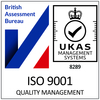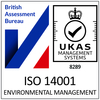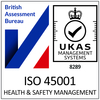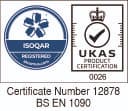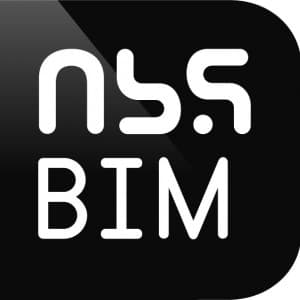Science Experiments Outside for Primary Schools
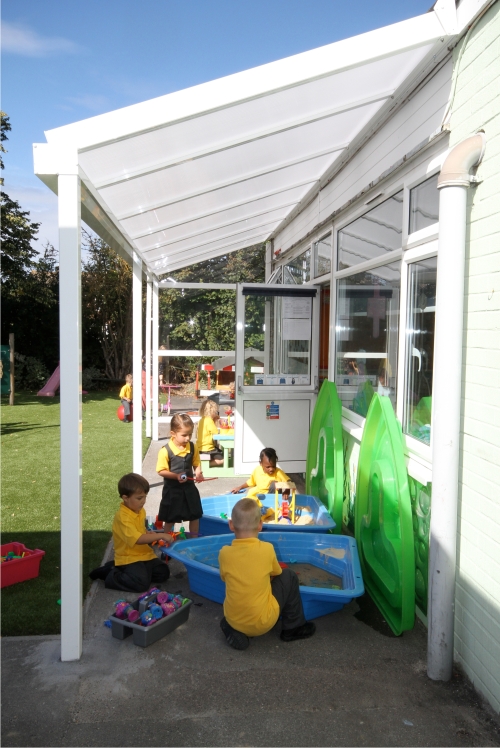
 When people think of science, they think of being sat at a desk as an older child, with measuring equipment, test tubes, and Bunsen Burners. While valuable lessons can be taught indoors, the classroom isn’t the only location where science can be taught, especially in primary schools.
When people think of science, they think of being sat at a desk as an older child, with measuring equipment, test tubes, and Bunsen Burners. While valuable lessons can be taught indoors, the classroom isn’t the only location where science can be taught, especially in primary schools.
Creating science experiments outside can be fun for you as well as entertaining for your students; even a simple balloon can be used in many different ways to create learning experiences. For instance, you could ask students:
- To see how much air a balloon can hold.
- If filled with water, what will happen to the balloon, and how can they change the results?
- If you filled the balloon with rice, what sounds are made when you shake the balloon when inflated or deflated? Do different materials make different noises?
- With which surfaces are balloons more likely to burst when in contact? Why?
- Is a balloon easier to inflate inside or outside the classroom?
Other science experiments can be devised as you see fit and can be related to the school curriculum. Materials that can be used are endless. Why not take the balloon to the play apparatus in your school and see if it is easier to burst on the ground or on the slide? Alternatively, you could do speed tests with a toy car, a slide, and a wooden ramp. The possibilities are endless, and the children will enjoy their outside learning.
With every experiment, you should know what type of enquiry you are exploring and the skills that can be developed.
Remember that science vocabulary isn’t important at this age, but children of any age can often understand the basic principles of scientific concepts. For example, you could demonstrate osmosis, and your class can see the principle in action – then when it comes to learning the scientific vocabulary later on, you’ve already given them the knowledge to understand the concept, so there is a greater chance that they will understand and remember it.
Even bad weather can be an excellent learning tool, for example, finding out how much rain can fall in an hour or whether toy cars travel faster on dry or wet ground.
So what outside science lessons can you devise? How will your class interact with you?
 Able Canopies Ltd. design, manufacture and install canopies and shade structures
Able Canopies Ltd. design, manufacture and install canopies and shade structures
at schools, nurseries and educational settings to enable year-round
Free Flow Outdoor Play and Outdoor Learning.
For more information please contact us
Follow us on our social media accounts for the latest funding advice, new products & latest news:
Twitter | Facebook | Google + | Linked In
Categories
- Canopies for Architects & Contractors
- Canopies for Healthcare
- Canopies for Restaurants, Bars and Hotels
- Canopies for Retail & Commercial
- Canopies for Schools
- Canopies for Sports & Leisure
- Canopy Maintenance
- Case Studies
- Cool Links & Facts
- Cycle Parking Solutions
- Dates for Your Diary
- Eco-Friendly Holiday Crafts
- Employee Spotlight
- Environmental Tips
- Funding and Fundraising
- How to... Get the Most out of Your Canopy
- Latest News
- Latest Stories
- Lockdown Outdoor Learning & Play Ideas
- MD News
- Newsletters - Architects & Contractors
- Newsletters - Schools & EYFS
- Outdoor Learning
- Outdoor Play
- Planning Your Cycle Parking
- Product Focus
- Solar Carports
- Spring Fundraisers 2017
- Summer Shade
- The Good Canopy Guide
- Wall Mounted Canopies

